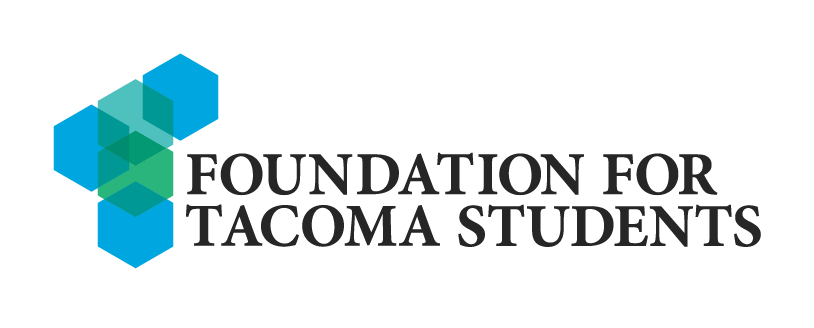This blog series spotlights the ten policy recommendations from our latest Making the Case Report: A Policy Blueprint to Increase Financial Aid Uptake. Each week, we’ll focus on a key strategy designed to increase FAFSA/WASFA completion and financial aid attainment.
While we explore these specific policy recommendations, our team will continue to track and report on the broader legislative landscape. We’ll keep you updated on bills related to student-centered policies throughout the 60-day session. For a real-time update of relevant bills, please visit our 2024 bill tracker.
The transition from high school to a postsecondary education should be a path open to all students, regardless of background or income. In this final policy recommendation, we offer a framework into a powerful tool for change – the creation of School District FAFSA Plans. State-endorsed strategic roadmaps specially designed by school districts to elevate FAFSA completion rates among high school seniors. Unlike a generic statewide approach, these plans would be tailored to each district’s unique context, ensuring practical and effective strategies. By empowering districts to set their own reasonable goals, we can better allocate funds to pave the way for progress that aligns with their resources and priorities.
Policy Recommendation #10
Support school districts to create a multi-year FAFSA Plan.
School districts could be supported to develop “FAFSA/WASFA Plans” that lay out goals, strategies, activities and a reasonable timeline for increasing rates of FAFSA completion among high school seniors. A FAFSA Plan should have a slow ramp up so as not to create undue strain on district resources, and should be focused on closing any persistent equity gaps that are present at the district level.
Empowering districts to create their own FAFSA plan mitigates one-size-fits-all approaches and will allow district staff and district partners to design strategies and lay out a timeline that makes sense for their specific context and resources. The key is to require districts to set a reasonable goal, and then track and report on their progress against that goal.
State Example
The Tennessee Higher Education Commission works with school districts to create local plans for increasing rates of FAFSA completion. The scope of the plans vary at the local level, but typically include strategies for communication, local partnerships, coordinated events, identification of priority student groups, outreach to parents and students, and incentives. School districts in Tennessee also create school-level FAFSA Teams made up of site coordinators and advisors, senior teachers, counselors, school administrators, local college and university representatives, and nonprofit partners.
















